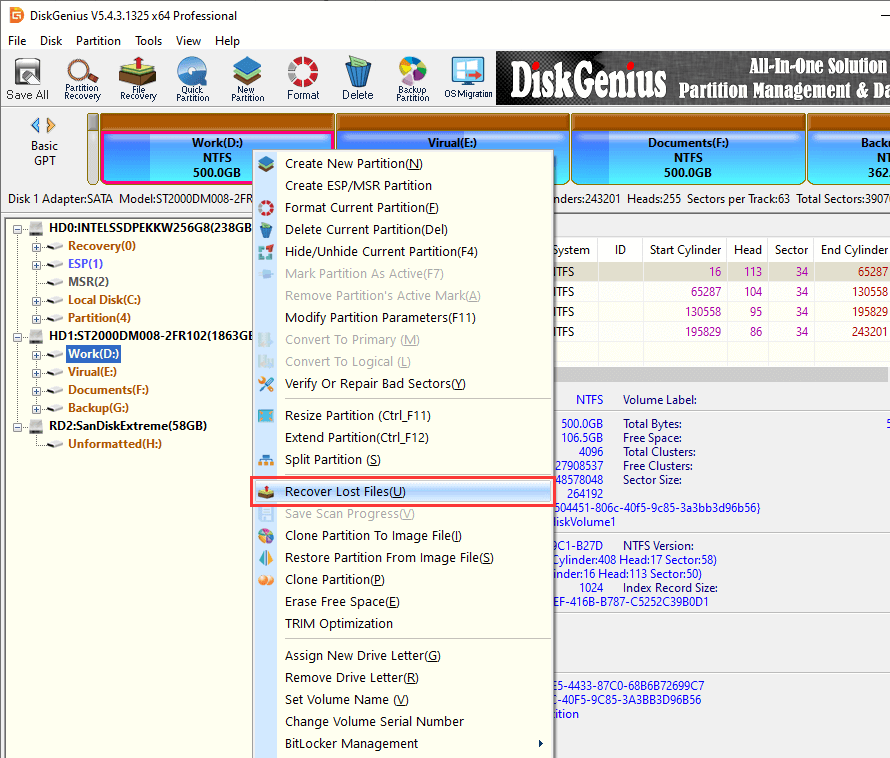Page Layout Tools for E-books: Sharing information, stories, and ideas today mostly depends on ebooks. Designing an ebook is vital regardless of your role—an author wishing to sell her first book, a graphic designer building a portfolio piece, or a content producer trying to profit from your knowledge. However, building a visually beautiful and user-friendly ebook requires more than just arranging words and graphics. Using page layout tools to create a clean and professional look can help you captivate viewers.
From selecting the appropriate tools to ensuring your material is compatible across platforms, this guide will bring you through every phase of the ebook creation process. These guidelines will help you produce an ebook that grabs its readers and improves usability and readability.
Selecting the appropriate page layout program
Choosing the appropriate page layout program is the first step in creating an ebook. The instrument you use will affect the quality of your design, your workflow, and readers’ overall user experience.
Various programs are available, each suited for varying purposes and skill levels of use. These are some well-liked options you should give thought to:
QuarkX Press
Professional-grade page layout program QuarkXPress provides sophisticated capabilities for ebook creation. Its adaptability and strong design tools are perfect for anyone wishing to produce polished, high-quality material. QuarkXPress is ideal for current digital publishing, with capabilities like responsive design and HTML5 exporting.
Design by Adobe InDesign
In graphic design, Adobe Indesign is a household brand. It offers strong capabilities for ebook creation, like layout customisation, font management, and a vast collection of design elements.
Affinity Publisher
Affinity Publisher is an affordable alternative for business leaders with outstanding capabilities for creating ebooks. Its easy UI will make it a great option for beginning users.
When choosing page layout tools, consider your objectives, budget, and degree of experience. Investing in products like QuarkXPress or Adobe InDesign can guarantee a seamless design process for anyone pursuing professional ebook production.
Organising Your File
Any well-designed ebook’s basis is a well-prepared document. Before beginning content addition, you will need to specify important characteristics such as size, margins, and bleed settings.
Consider the device on which your ebook will be viewed.
1. Define Dimensions
Common ebook page sizes are 6×9 inches or 8.5×11 inches. Adjust proportions as necessary to improve reading on certain devices.
2. Set Margins
Margins guarantee legibility and assist in preserving a neat arrangement. Use equal or proportionate margins to strike a balance and provide space for navigation and interactive items.
3. Add Bleed Setting
If your ebook calls for graphics or background colours that reach the edge of the page, set up a bleed of at least 0.125 inches. This keeps exported unattractive borders free.
Here, QuarkXPress shines as it provides simple tools for document settings that let you confidently adjust these dimensions properly.
Working with Text
Text is the core of your ebook, and reader involvement depends on it being done properly. Meticulous attention to detail, particularly with formatting and typography, will help your ebook go from amateurish to professional.
- Select easily readable fonts:
Choose current serifs like Georgia or sans-serif fonts (Arial, Helvetica), which are clear on screens. Avoid too many ornate or worn-out choices.
- Create a Hierarchy:
Use headings, subheadings, and paragraph styles to create obvious visual hierarchies within your work. This facilitates readers’ understanding and scanning of it.
- Mind Line Spacing:
Choose line spacing—also known as leading—at least 1.5x your font size to guarantee comfortable reading.
- Check Alignment and Justification:
Left-aligned text is the most easily readable body material. For formal material, consider justified text; however, make sure the hyphenation is correct to prevent embarrassing gaps.
By offering sophisticated typography tools and style sheet features, QuarkXPress helps you to streamline text formatting across the whole book.
Incorporating Graphics and Images
One of the simplest approaches to improving your ebook design is to make good use of images. Visuals can keep your audience interested, whether they are spectacular photos that grab attention or an infographic that simplifies material.
1. Maximize Image Resolution:
For digital ebooks, try for a 72 DPI resolution. For prints, make sure photos are at least 300 DPI.
2. White space should be used deliberately:
Keep too many photos on sites from crowding them. Let white space highlight your images for readers.
3. Position with Goals in Mind:
Use alignment features in your page design program to guarantee an exact location.
Perfect for graphic-heavy ebooks, QuarkXPress excels at handling big graphic files without sacrificing speed.
Creating a Table of Contents and Navigation
A user-friendly Table of Contents (TOC) is non-negotiable in ebook design. It generally improves the experience and makes navigating easier.
- TOC Dynamic: Use your program to create an automatic table of contents that connects to pertinent parts. This is especially crucial for PDFs and other stationary ebook forms.
- Hyperlinks Between Pages: For digital ebooks, make sure clickable links abound throughout the TOC, chapters, and other cross-references.
- Consistent Design: Choose a layout style for your TOC that fits the design of your whole ebook to get a coherent appearance.
QuarkXPress provides easy tools for designing and controlling TOCs, enabling you to create an ebook that is both aesthetically pleasing and useful.

Exporting for Various Platforms
From e-readers to cellphones, your ebook will be accessed on many devices. Its success depends on compatibility.
- File Formats: Export your ebook in PDF, EPUB, and MOBI. While EPUB and MOBI are perfect for reflowable text on e-readers, PDFs excel for stationary layouts.
- Responsive Design: Create adaptable layouts that change to fit various screen sizes using capabilities inside QuarkXPress.
- Embed fonts and graphics: Incorporate graphics and fonts. Design integrity depends on correctly embedding your fonts and pictures during export.
SEO Guidelines for Page Layout Tools for E-books
Without appropriate SEO, even the most beautifully created ebook will go unnoticed. These techniques help to improve discoverability via platforms like Amazon and search engines:
- Metadata: Add pertinent information to your ebook file, such as the title, author, description, and keywords.
- Strategic Keywords: Use relevant keywords like “design an ebook” and “page layout software” in the title and all around your work.
- Clickable Links: Add internal and outbound links that direct readers to your website or more materials.
Your ebook will reach its target audience by including SEO aspects.
First, start Design with Confidence.
Although building an ebook seems like a difficult chore, it becomes simple with the correct tools. With professional page layout tools like QuarkXPress, you will have everything you need to create an aesthetically pleasing, functionally sound, and user-friendly ebook that appeals to your readers.
Start down the path to realise your vision. Open your preferred design program today, set up your document, and begin creating your ebook. Your readers are right here waiting!
Conclusion
Creating an interesting and professional ebook is within reach with the correct tools and strategy. Your audience will be captivated, and your resource will have long-lasting value if you concentrate on well-organized layouts, engaging graphics, and clever SEO techniques. Expert page layout programs guarantee user-friendly design and provide the flexibility and accuracy needed to realize your creative ideas. Spend some time carefully; remember that every finished ebook begins with one step. Start developing now and see how your concept becomes an engaging digital asset loved by readers!




